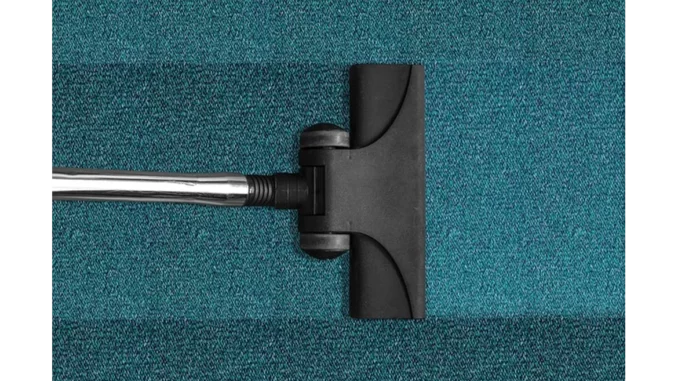
This year’s Carpet Recycling UK (CRUK) annual conference, held in Solihull from 10-11 July, centred on a pivotal theme: collaboration. Covering this significant event provided an opportunity to engage with Rachel Thompson, a sustainability consultant who attended the conference. Her insights offered a captivating look into the current landscape and future prospects of the carpet and textile flooring recycling sector.
Air quality is vital in planning. See how Focus360 Energy can assist.
Rachel was quick to highlight the diverse array of stakeholders present at the conference. “It was remarkable to witness such a variety of industries coming together,” she remarked. “We had representatives from resilient flooring, construction, waste management, and recycling sectors—all united by a common objective.” According to Rachel, the collaborative ethos at the event extended beyond mere idea sharing; it was about forging tangible partnerships. “The alliances formed here are vital. For instance, the construction industry stands to gain significantly from incorporating recycled carpet materials into their projects. It’s mutually beneficial,” she observed.
A recurring topic of urgency at the conference was the need for more sustainable solutions for carpet waste. Rachel recounted how Adnan Zeb-Khan, the CRUK scheme manager, emphasised that while energy from waste serves as a crucial outlet, it is not a viable long-term solution. “Adnan underscored the necessity of focusing on reuse and recycling. Just last year, over 200,000 tonnes of carpet and textile flooring were diverted from UK landfills, but we must aim higher,” she conveyed.
Rachel was particularly enthusiastic about the pioneering research projects discussed at the conference. “There were innovative ideas about redirecting carpet waste into construction materials and even the cement industry. CRUK plans to delve deeper into these possibilities in collaboration with universities and industry partners,” she explained. One presentation that stood out to her was by Headlam, a Birmingham-based flooring distributor. “Headlam’s pilot take-back scheme is offering invaluable insights into recycling behaviours. It’s intriguing to see how such initiatives can influence future recycling efforts,” she noted.
The conference also showcased cutting-edge technologies aimed at enhancing carpet recycling processes. Rachel highlighted the efforts of Innovate Recycling in Northampton, which has inaugurated the UK’s first dedicated carpet recycling centre. “They’re doing phenomenal work by converting waste carpet polypropylene into new polypropylene beads. It’s revolutionary,” she said. Another technological innovation that caught her attention was Matoha’s infrared material identification gun. “This AI-driven device can identify thousands of different carpet chemistries. Although it’s still in development, its potential is immense,” she elaborated.
A prominent theme throughout the conference was the pressing need for an Extended Producer Responsibility (EPR) scheme tailored for the carpet sector. “Several speakers underscored the importance of this,” Rachel noted. Jane Gardner of ERFMI made a particularly compelling case. “Jane spoke about the necessity of developing a circular economy for flooring products, and her call to action—’Now is the time to act—politically, legislatively, and technologically’—really resonated with me,” Rachel recalled.
The event also recognised excellence within the sector through the Carpet Recycling UK annual awards. Rachel was eager to discuss the honourees. “Edel Carpets was awarded the Circular Economy Initiative of the Year, while Betap received high commendation. The Salvation Army Trading Company won the Reuse and Recycling Project of the Year Award, with John Cotton Group highly commended. Milliken took home the Most Sustainable Product of the Year Award,” she listed. Edel’s ALLOA (ALL Over Again) carpet, designed for direct recycling without raw material separation, particularly impressed her. “It’s a prime example of how design for recycling can lead to substantial sustainability benefits,” she commented.
Reflecting on the event, Rachel noted the overall atmosphere of the conference. “The event was filled with stimulating discussions, debates, and insightful presentations, highlighting the strong need for engagement and collaboration. This is essential for the sector’s sustainability journey and for creating circularity within the industry,” she reflected.
Rachel’s experience at the CRUK conference underscores the critical role of collaboration in addressing the challenges of carpet waste. By uniting various industries and harnessing innovative technologies, the sector is making significant strides towards a more sustainable future. As the carpet recycling journey progresses, the focus on partnership and shared responsibility will undoubtedly remain central.


Be the first to comment